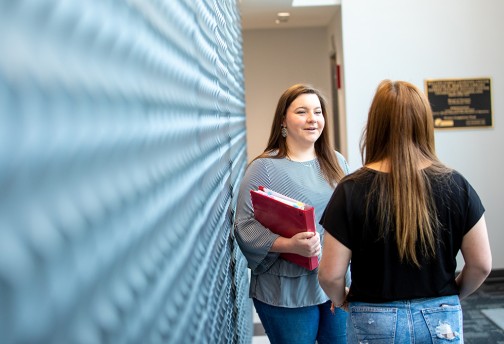The Center for Teaching and Learning is here to serve faculty and support students in their pursuit of excellence in teaching and building life-long learners.
Designing Effective Assignments
Designing effective assignments is crucial for educational success, bridging the gap between teaching objectives and student learning outcomes. This compilation offers various perspectives and strategies to help you create meaningful and effective assignments. The video covers the basic principles of effective assignment design. The add itional resources provide a guide for innovating teaching practices, deepening critical thinking, improving writing skills, and promoting inclusive and equitable classrooms. Additionally, listed books at the Center for Teaching and Learning offer further resources for enriching understanding and application of effective teaching strategies. The books can be checked out for longer use (yes, even if you are remote!).
- Boye, A. (2020). How do I Create Meaningful and Effective Assignments? Teaching, Learning & Professional Development Center, Texas Tech University.
https://www.depts.ttu.edu/tlpdc/Resources/Teaching_resources/TLPDC_teaching_resources/CreatingEffectiveAssignments.php#:~:text=By%20sequencing%20a%20large%20assignment,)%2C%20you%20can%20encourage%20thoughtfulness%2C - Aligning Assignments with Learning Goals. (n.d.). DuPaul Teaching Commons.
https://resources.depaul.edu/teaching-commons/teaching-guides/assignment-design/Pages/matching-assignments-with-learning-goals.aspx - Designing Effective Writing Assignments. (n.d.) Teaching with Writing, University of Minnesota. https://wac.umn.edu/tww-program/teaching-resources/designing-effective-writing-assignments
- Gonzalez, J. (2020, June 21). Backward Design: The Basics. Cult of pedagogy. https://www.cultofpedagogy.com/backward-design-basics/
- Chapman, J. R., Kohler, T. B., & Gedeborg, S. (2023). So, Why Do Students Perform Better in Gamified Courses? Understanding Motivational Styles in Educational Gamification. Journal of Educational Computing Research, 61(5), 927–950. https://doi.org/10.1177/07356331221127635 https://ucumberlands.primo.exlibrisgroup.com/permalink/01UOTC_INST/dhmh68/cdi_crossref_primary_10_1177_07356331221127635
- Estefan, M., Selbin, J. C., & Macdonald, S. (2023). From Inclusive to Equitable Pedagogy: How to Design Course Assignments and Learning Activities That Address Structural Inequalities. Teaching Sociology, 51(3), 262–274. https://doi.org/10.1177/0092055X231174515 https://ucumberlands.primo.exlibrisgroup.com/permalink/01UOTC_INST/dhmh68/cdi_proquest_journals_2831949212
- Bjælde, O. E., Boud, D., & Lindberg, A. B. (2023). Designing feedback activities to help low-performing students. Active Learning in Higher Education. https://doi.org/10.1177/14697874231212820 https://ucumberlands.primo.exlibrisgroup.com/permalink/01UOTC_INST/dhmh68/cdi_crossref_primary_10_1177_14697874231212820
All books listed here are available to be checked out from the Center for Teaching and Learning
- Bean, J.C. (1996). Engaging ideas: The professor’s guide to integrating writing, critical thinking, and active learning in the classroom. San Francisco: Jossey-Bass.
- Hanstedt, P. (2018). Creating Wicked Students: Designing courses for a complex world. Stylus.
- McGuire, S. Y. & McGuire, S. (2015). Teach Students How to Learn: Strategies you can incorporate into any course to improve student metacognition, study skills, and motivation. Stylus.
- Huba, M. E. & Freed, J. E. (2000). Learner-Centered Assessment on College Campuses: Shifting the focus from teaching to learning. Allyn and Bacon.
- Stevens, D. D. and Levi, A. J. (2005). Introduction to Rubrics.Stylus.
- Walvoord, B. E. & Anderson, V. J. (1998). Effective Grading. Jossey-Bass.
- Angelo, T. A. & Cross, K. P. (1993). Classroom Assessment Techniques: A handbook for college teachers (2nd ed.). Jossey-Bass.

Connect with us
Reach out for more information or resources





